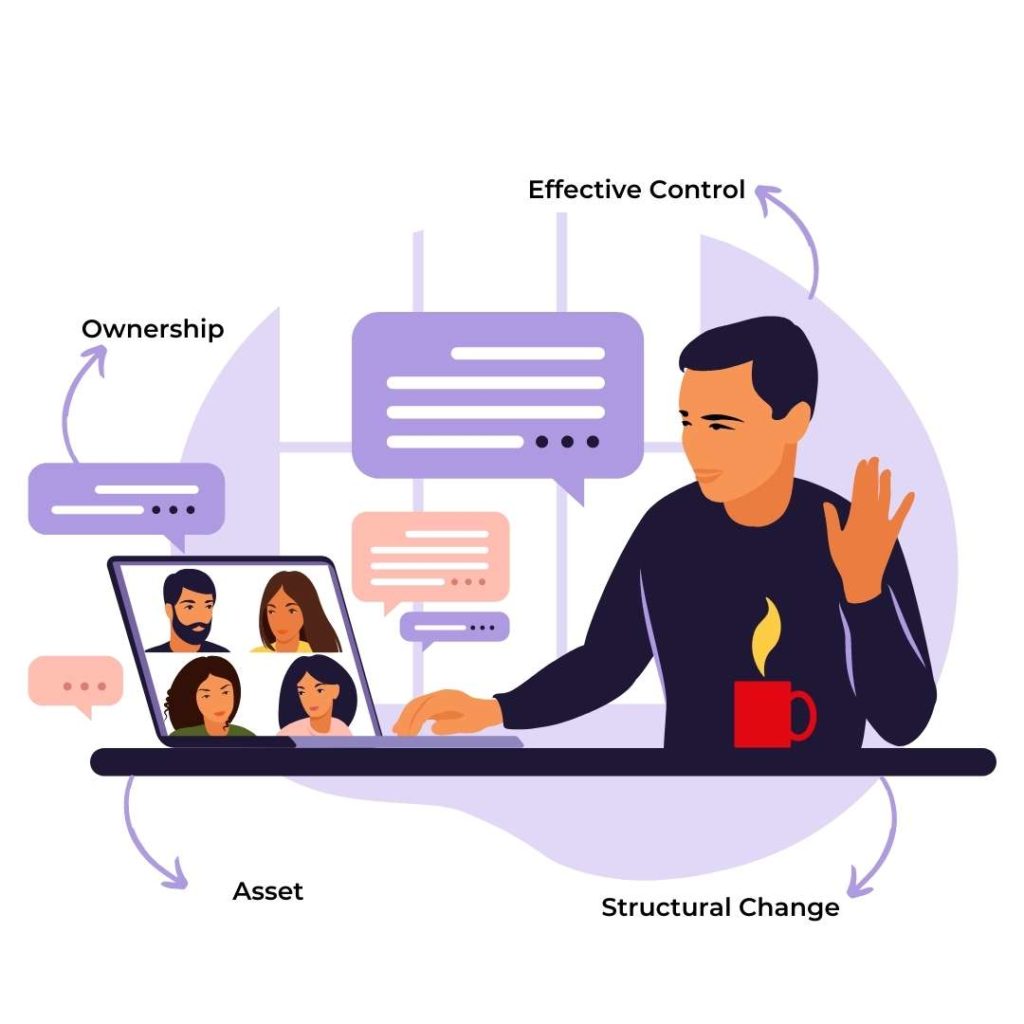
What Factors Should Organizations Consider Before Outsourcing Their Internal Audit Functions?
+91 1141182211 Outsourcing has become a strategic choice for many organizations looking to streamline operations, reduce costs, and enhance efficiency.

As the novel coronavirus prompted businesses throughout the world to reconsider their operational strategy, maybe nothing has had as big of an impact as the mainstreaming of India’s formerly marginalized gig economy. The gig workforce has grown steadily in recent years, and this trend appears to be here to stay.
At present, India has a pool of 15 million gig workers staffed in projects across IT, HR and designing. In addition, India’s workforce is growing by 4 million people annually. And as most of them are young millennials, they are showing an increasing preference for gig contracts.
This trend is expected to significantly impact the reach of India’s emerging markets in the near future. Gig economy statistics indicate that India was the fifth largest gig economy market in 2021.
The pandemic-induced lockdown was effective in dispelling doubts about the dependability and long-term viability of a gig workforce. Many organizations are beginning to recognize the benefits of remote working in terms of reduced overhead expenses and stretched liquidity, and many are seriously evaluating their operational strategy.
Gig work has proven to be advantageous to both companies and employees. Businesses are discovering that hiring gig workers saves them money on office space and equipment while also providing them with greater recruitment flexibility. Workers, for their part, benefit from flexible hours, a variety of jobs, and the option to supplement their income by working multiple jobs.
The corporate workforce is changing—rapidly and radically—from the rising usage of contingent freelance workers to the expanding use of robotics and smart technologies. These developments aren’t just a diversion; they’re actually affecting labor-intensive emerging markets and the economy.
The “gig economy”—networks of people who make a living working without a formal employment agreement—is reshaping the concept of “contingent workforce management.”
The rapidly growing gig economy in India is more than just a reaction to shifting economic conditions. Here are a few reasons why workers prefer to work on a contingency basis and why organizations prefer to hire more contingent workers:
The following are some of the advantages of the gig economy for workers:

When 30 to 50 percent of your staff are non-employees, how can you create and maintain the desired company culture? Working on a contract basis may have an impact on employee attitudes, particularly in terms of their dedication to the company’s long-term needs.
Addressing this issue begins with displaying a commitment to all workers, whether they are full-time employees or part-time contractors. It’s vital to keep in mind that in the gig economy, people who move on to other jobs may return to new roles in the future. Employees who leave may return as contractors, and consultants may return as long-term employees.
When all employees are supported, they are more likely to be dedicated to the company’s objectives and even function as ambassadors after they leave.
Organizations may help to foster this mindset by creating conditions that encourage all gig economy workers to feel like they’re a part of the team.

One of the benefits of the gig economy for businesses is the option to scale up and down their staff as needed to meet changing business objectives. Companies can, for example, quickly construct a new team to satisfy a business requirement by hiring project-based contingent labor. It’s also less difficult to relocate gig workers with certain skill sets within business teams for short-term projects.
In the gig economy, organizations must be prepared to adjust to the fast-changing structure of business teams.
Almost everyone agrees that in today’s workplace, more teamwork is required. This is because collaboration produces better ideas, resulting in the innovation required to compete in the global emerging markets. When teams are continuously in motion and workers don’t know each other as well, increasing collaboration in the gig economy might be even more difficult.
Organizations must create proper collaborative areas to allow greater impromptu collaboration within and across teams.
To effectively serve the increasing gig economy in India, business executives will need to grow well beyond their traditional positions. Executives must collaborate closely with business units and give voice to the company’s strategic goal.
It’s no secret that gig workers are becoming more mobile, frequently on their own volition. People work from home, coffee shops, and on the go, depending on their duties, schedules, and lifestyles. Because they may not have a permanent workstation to work at, contingent workers may not have a choice in the issue.
Organizations can assist gig economy workers stay connected and productive by offering technology that enables them to do so. Even better, shifting toward shared, agile work spaces (which can accommodate more people in less space) can allow and even encourage contingent workers to spend more time in the office.
HR, technology, and business leaders will face new challenges as the workforce of the twenty-first century evolves, necessitating greater levels of collaboration to discover solutions. The open talent economy and the new workforce-machine era are gaining traction, redefining “talent” to include people and machines working in various locations and under various contracts.
The ‘gig’ economy has risen dramatically over the last decade with the introduction of digital platforms such as Ola, Uber, Swiggy, Dunzo, and UrbanCompany, among others. With the rise of technology-enabled gig work platforms, more than 200 million people are now considered part of the global ‘gig’ workforce.
In India, ‘gig’ employment is not a novel concept. With its enormous informal economy and casual workers, India has long had the equivalent of gig work in both urban and rural areas, ranging from temporary agricultural workers to daily-wage construction laborers to delivery personnel. What has changed in recent years is the use of technology to match and expand on-demand services.
The gig economy helps companies, employees, and the economy as a whole, with benefits that go beyond traditional conceptions of convenience, on-demand availability, and flexibility. This is due to the underlying economic factors that platform-enabled gig work addresses at scale, as well as the collateral advantages it can provide, which can lead to a virtuous expansion cycle.
Some of these benefits include:
Construction, manufacturing, retail, transportation, and logistics might account for more than 70 million of the potentially ‘gigable‘ positions.
Now is the time for businesses to rethink the role of gig workers in their organizations and devise a strategy to retain them in the future. While their expanding ranks may bring workforce agility and cost efficiency, as the economy improves in 2022, companies must examine how to retain the best gig workers to help their organization expedite recovery efforts in the months and years ahead.
Like this article?
More To Explore

What Factors Should Organizations Consider Before Outsourcing Their Internal Audit Functions?
+91 1141182211 Outsourcing has become a strategic choice for many organizations looking to streamline operations, reduce costs, and enhance efficiency.

Outsourcing Internal Audit: Evaluating the Upsides and Downsides for Your Organization
+91 1141182211 In today’s dynamic business environment, companies face increasing pressure to enhance efficiency, manage risks effectively, and ensure compliance

A Background Verification Guide: Frequently Asked Questions and Their Answers
+91 1141182211 Background verification (BGV) is a crucial process used by employers to ensure they are hiring candidates with accurate